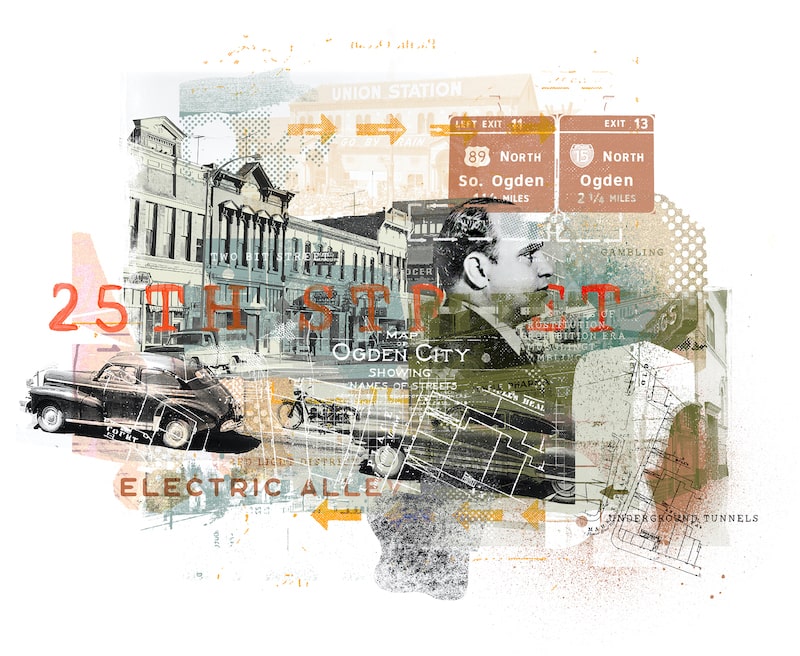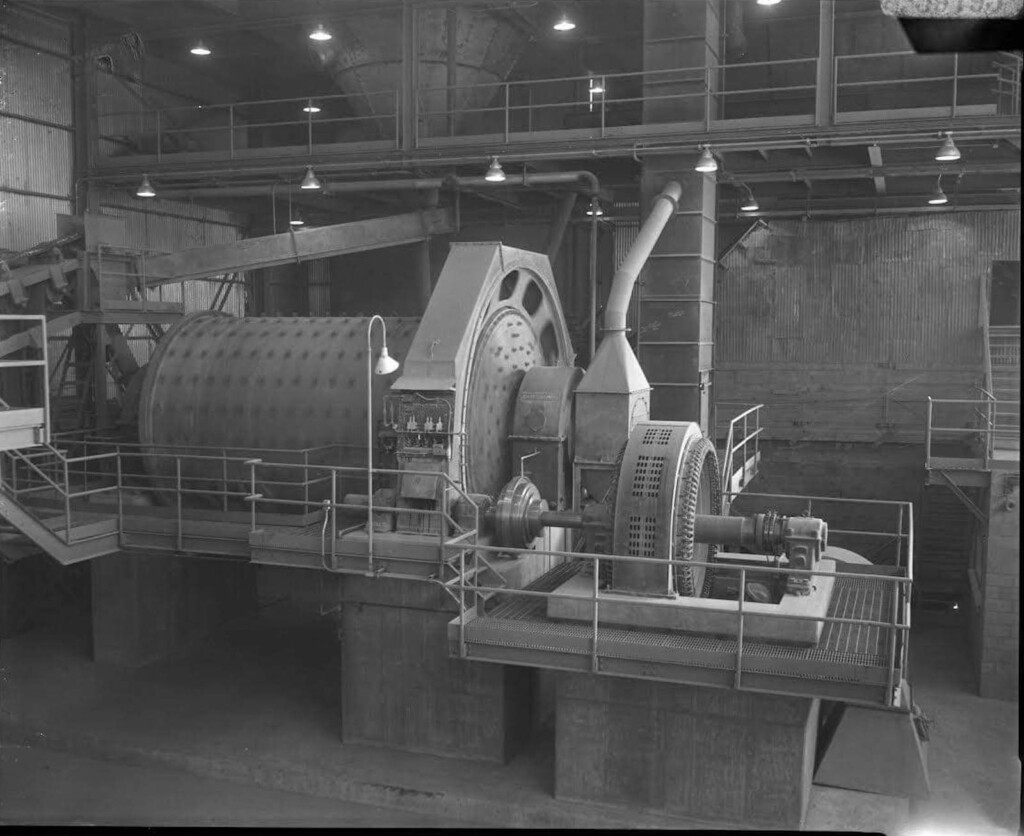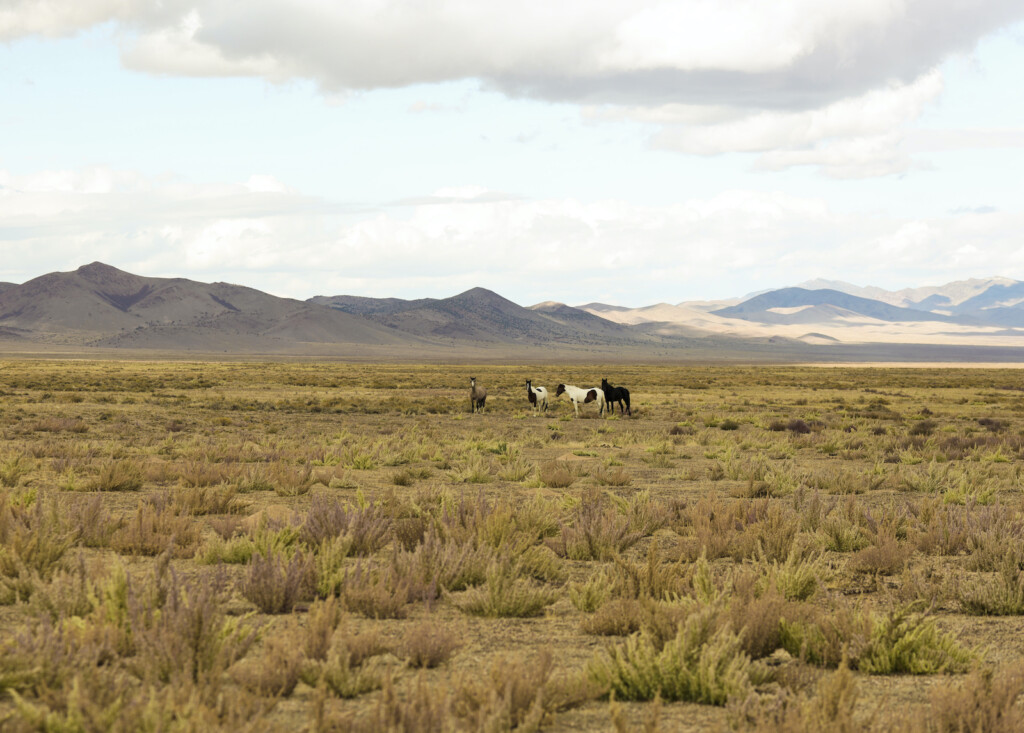
A walk down Ogden’s 25th Street is a sight for historic eyes. The preserved architecture is reminiscent of the bustling railroad town that once stood, many of the original building signs are intact, and many modern businesses continue to display art and memorabilia from original decor. Legend has it that even the ground beneath your feet holds mysteries of “Two Bit Street.” Stories of the tunnels running under the ground of downtown Ogden are rich with surprising details ― and uncertain amounts of truth.
The stories of prostitution, prohibition era smuggling, gambling and illegal activity are common knowledge for locals. The question remains: Was this all happening in a maze of underground tunnels linking buildings to other buildings in Ogden?
Many businesses on 25th Street still have basements in use, be it storage or open-to-the-public services. Many of them have boarded-up, cemented-in, or closed-off openings in the walls, which were obviously entry ways. You can’t go through any of the entry ways anymore, but they are still apparent.
There isn’t much evidence to suggest they went across the streets, creating an underground city as some believe, and it certainly doesn’t seem that the “tunnels” span to Ogden High School and all around the city as some of the stories suggest, but it does appear that buildings had connected basements with the other buildings on their same side of the street. This would make it easy to move quickly from one building to another, transporting illegal vices secretly and quickly.
Some say the linked basements would have created a convenient way for businesses to transport goods, but also a solution in the case of a bust. Those running illegal businesses were at risk and would have needed a plan to hide evidence if necessary.
Ogden was the epitome of a “rough and tumble” town, with vices lurking the street and, supposedly, under it. Ogden was a tough town before the prohibition laws were passed. In fact, prohibition laws made crime in Ogden worse. Illegal activity was a money-making opportunity for madames, business owners, and dealers alike, because those who wanted the things they were selling, could not get them elsewhere in the area.
When Electric Alley was eventually shut down by police, business was taken elsewhere. Gambling made its way into town, which added another illegal asset, and railroad workers would take to Two Bit Street to blow their checks. Many even rumor that Al Capone came through Ogden and said the town was too rough for him.
Ogden’s Union Station brought also passthrough traffic to the city, which made up another part of demand for illegal business. Non-locals would need a place to stay for the night and though some would avoid Ogden all together, some would arrive for that reason alone.

Rick Van Leeuwen, of The Gift House on 25th Street, says, “The tunnels don’t exist, but there were connecting basements. If you would have gone through this one (in the basement of The Gift House) when you were able to, you would have come out of the Lighthouse Lounge.” He also shared a legend that their entry way was used as an escape route from the neighboring club at the ring of a bell which would notify everyone the police were coming.
Now a diverse and safe town full of gift shops and unique stores, Ogden’s history lives to tell its tales. The basements of renovated buildings hold the remnants of what was (or wasn’t), but it all depends who you talk to. Some store owners say they believe the closed-up entryways in their basements were probably storage spaces that were possibly opened up to share room with the neighbors, while others conclude the tunnels were real, and some even do “ghost tours.”
The secrets of Ogden’s most notorious folk exist behind bricked-in doorways which we may never know the truth behind. We do know, however, that the sidewalks of Ogden are a little bit more interesting when you acknowledge they once acted as roofs to secret spaces and maybe, a whole system of them.
RELATED CONTENT
What Lies Beneath? Tunnels under Salt Lake City
Do Tunnels Run Under Ogden’s 25th Street?
The Secret Tunnels of East High School
A History of Violence: Ogden’s 25th Street
History of Ogden’s 25th Street: Overcoming a Bad Rap
SUPPORT LOCAL JOURNALISM AND SUBSCRIBE TO PRINT MAGAZINE
Subscribe to Utah Stories weekly newsletter and get our stories directly to your inbox





